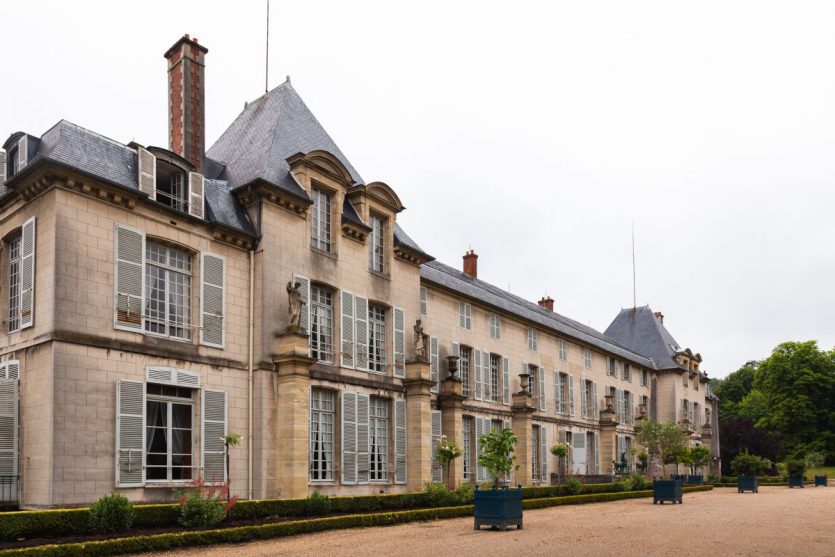.How about a brief horticulture lesson? Lapageria Rosea, commonly known as the Chilean Bellflower, is Chile’s national flower. If you have ever visited Chile, you will surely have seen its ever-climbing vines and beautiful flowers. Perhaps you’ve seen it in the wild, or cultivated domestically. There’s more to the Lapageria Rosea than meets the eye, though. Here are five of the most important facts about the national flower of Chile.
5 facts about the Lapageria Rosea
1. The Lapageria Rosea is an award-winner
As if the distinction of being Chile’s national flower was not enough, the Lapageria Rosea was honoured with the Award of Garden Merit from the Royal Horticultural Society in London. The Royal Horticultural Society is perhaps the most important body in the world of gardening, and it runs numerous prestigious flower shows such as the RHS Chelsea Flower Show and RHS Hampton Court Palace Flower Show. The Award of Garden Merit is granted to plants that perform well under growing conditions in the UK, a resounding endorsement for the Lapageria Rosea outside of Chile. Speaking of which…
2. Lapageria Rosea was brought to the UK in the 1950s
A prominent British gardener named Rennie Moffat introduced Lapageria Rosea plants to the United Kingdom in the 1950s. Moffat was the head gardener at the Penheale Estate in Cornwall. He supplied his variants to, among others, the Royal Horticultural Society. Crucially, he introduced numerous cultivars of the Chilean Bellflower, including Beatrix Anderson, a deep red variant, and Flesh Pink, a fleshy pink coloured version.
3. Lapageria Rosea or Josephine’s Bellflower: What’s in a name?
The Lapageria Rosea has various synonyms, including the Chilean Bellflower and Copihue. You may even also references to Josephine’s Bellflower, and this may be the most important one of all. The Josephine in question here was Joséphine de Beauharnais, wife of Napoleon Bonaparte. Her maiden name was Tascher de la Pagerie, and it’s from here that the plant’s official name comes. Empress Joséphine was passionate about botany. The great gardens at Château de Malmaison boasted many rare and wonderful species.

4. You can eat the Lapageria Rosea’s fruit
The plant produces a distinctive fruit in the form of a long berry with a tough outer skin and small seeds with an edible aril. When the Lapageria Rosea plant was more prosperous, traders would sell its fruit at food markets. The fruits are no longer market commodities, but they are certainly still edible. When not yet ripe, the fruit has a nice sweet taste and is easy to eat. The riper it gets, the harder its seeds become and thus the more difficult you’ll find it to eat.
5. Named cultivars of the plant are very popular among gardeners
Gardeners throughout the world love the Lapageria Rosea because of its beauty. Numerous named cultivars or variants are available for sale online or in expert garden centres. They are popular because they give rise to a raft of new and interesting colours. In addition to Flesh Pink and Beatrix Anderson, popular cultivars include:
- Arco Iris, white flowers with pink and red tips.
- Sangre de Toro, with intense red flowers.
- Nube Blanca, with pure white flowers.
No comments yet
There are no comments on this post yet.






Leave a comment